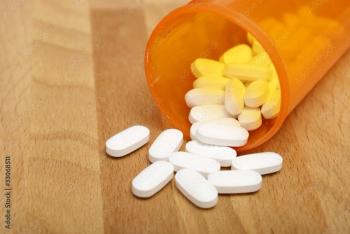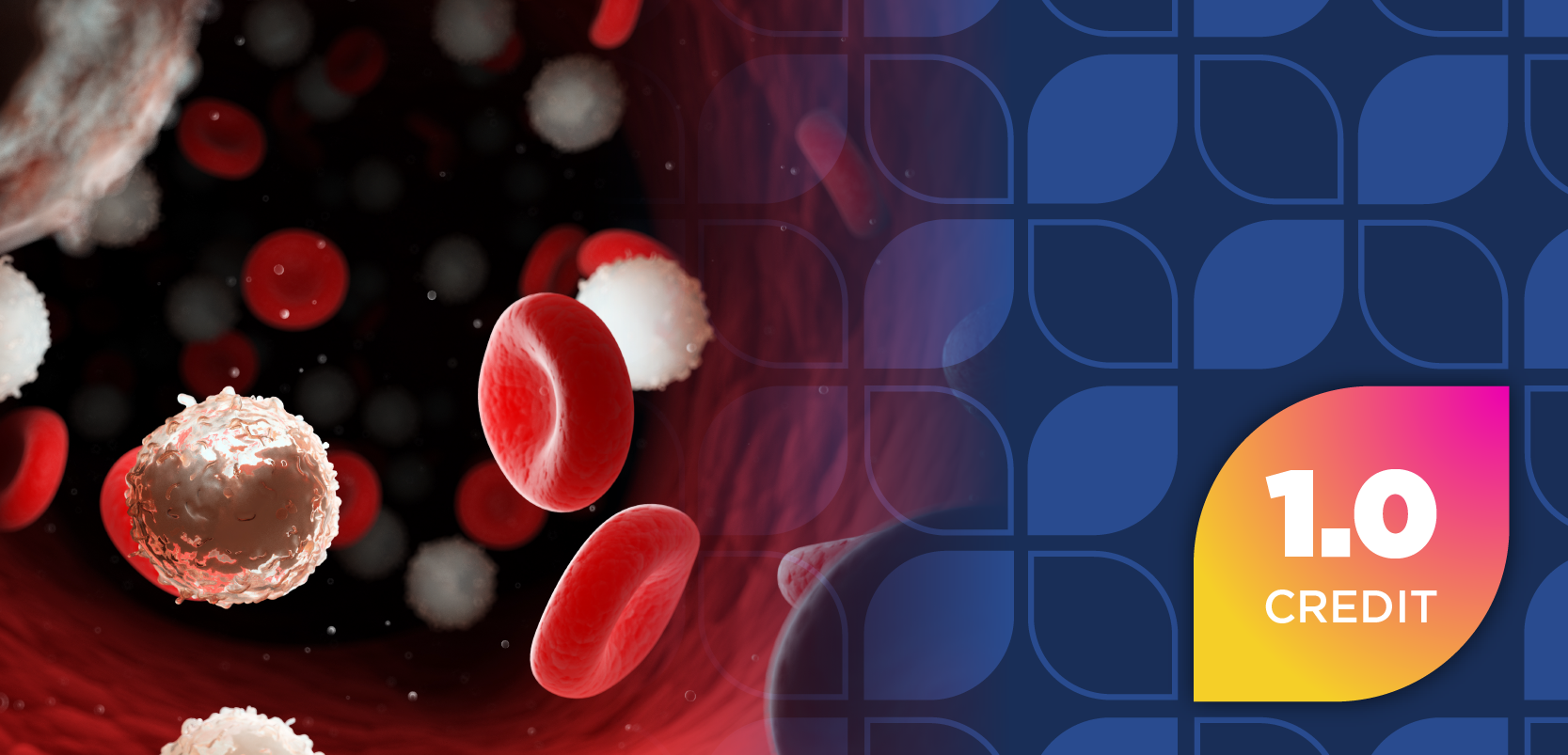
- Drug Topics July 2022
- Volume 166
- Issue 7
Quick Look: The Newest Drugs for ADHD
Nonstimulant drugs and even nonmedication options are available for use.
According to Erin O’Connor Prange, MSN, CRNP, of Chil dren’s Hospital of Philadelphia in Pennsylvania, drugs for attention-deficit/hyperactivity disorder (ADHD) have been on the market for more than 45 years, beginning with methylphenidate (Ritalin), which was approved in 1955. [Editor’s note: Although not included in the Diagnostic and Statistical Manual of Mental Disorders until 1968, methylphenidate was originally prescribed for fatigue and depression.1] According to a 2016 study, roughly 6 million children in the United States have ADHD, said Prange. Boys receive a diagnosis twice as frequently as girls, but overall, 77% of these children were receiving treatment, with roughly 32% of them having both behavioral and medication treatment.
What is a snapshot look at a child with ADHD? Prange, who was speaking at the 43rd National Conference on Pediatric Health Care in Dallas, Texas,2 in March 2022, explained that the main component of this developmental learning disorder is poor executive functioning in tasks. These include planning, time management, attention, organization, and self-control. Additionally, during the months that children were learning remotely due to the COVID-19 pandemic, impaired communication, eye strain, distractions, and anxiety were also reported, largely as a result of the struggle with virtual and hybrid learning.
Nonmedication treatment for ADHD includes cognitive behavioral therapy, extra time on test taking, creating lists (eg, what to put in the school backpack), and bouncy bands and wiggle seats for desks. The newest (those that have become available over the past 5 years) and most commonly prescribed drugs for the disorder include the nonstimulant viloxazine (Qelbree); for stimulants, there are now several methylphenidates (Cotempla, Adhansia, Aptensio, Jornay) and amphetamines (Dyanavel, Adzenys, and Mydayis).
Before starting a patient on stimulants, the American Academy of Pediatrics recommends a thorough cardiovascular assessment, including patient and family health histories; evaluation of all medications being used; and a physical exam focused on cardiovascular disease risk factors. Prange also reviewed the adverse effects for stimulant medications, which include, but are not limited to, decreased appetite, trouble sleeping, headache, weight loss, and mood swings. She also encouraged audience members to seek out a copy of the ADHD medication guide, available at addwarehouse.com, which provides books, assessment products, and training programs for ADHD and related conditions.
Stay tuned for the August issue of Drug Topics®, featuring an in-depth look at the latest in managing pediatric and adult ADHD.
References
1. Epstein JN, Loren REA. Changes in the definition of DSM-5: subtle but important. Neuropsychiatry (London). 2013;35(5):455-458. doi:10.2217/npy.13.59
2. Prange EO. ADHD treatment explosion: new meds are here! Presented at: 43rd National Conference on Pediatric Health Care; March 23,2022; Dallas, TX.
Articles in this issue
about 3 years ago
Best Practices on Discussing Birth Control for Adolescentsabout 3 years ago
Optimizing Outcomes for Pediatric Infusion Therapyabout 3 years ago
What to Consider with Sinusitis in 2022about 3 years ago
Helping Patients Manage Diabetes Burnoutabout 3 years ago
Welcome to the Apothekeabout 3 years ago
Novel, Dual-Targeted Treatment for T2D Is FDA ApprovedNewsletter
Pharmacy practice is always changing. Stay ahead of the curve with the Drug Topics newsletter and get the latest drug information, industry trends, and patient care tips.


































































































































































